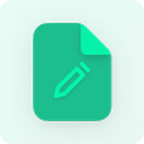
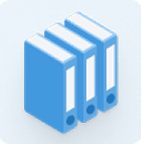
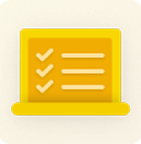
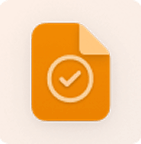

Simplify exam creation, proctoring, and grading with TomaX’s all-in-one platform, featuring AI-powered solutions to enhance efficiency and accuracy
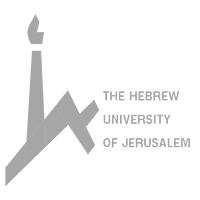

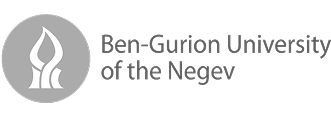
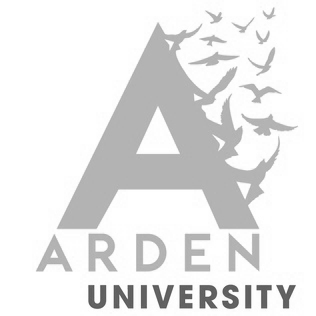

Empowering Institutions to Enhance Assessment Practices and Confidently Embrace
Create, manage, secure and grade online & printed exams

Online Exam Platform
Securely create, manage, and proctor online exams.

Better feedback for better learning
Enhance and facilitate evaluation processes for digital and
paper-based exams.

Build & Share Better Exams
Collaborate and Design Better Exams Using Question Banks and Exam Wizards
From secure exams to AI-powered grading, discover the all-in-one solutions transforming education

Effortless online exams from creation to grading. Take control with live monitoring, automation, and seamless SIS integration. The future of online assessments starts here
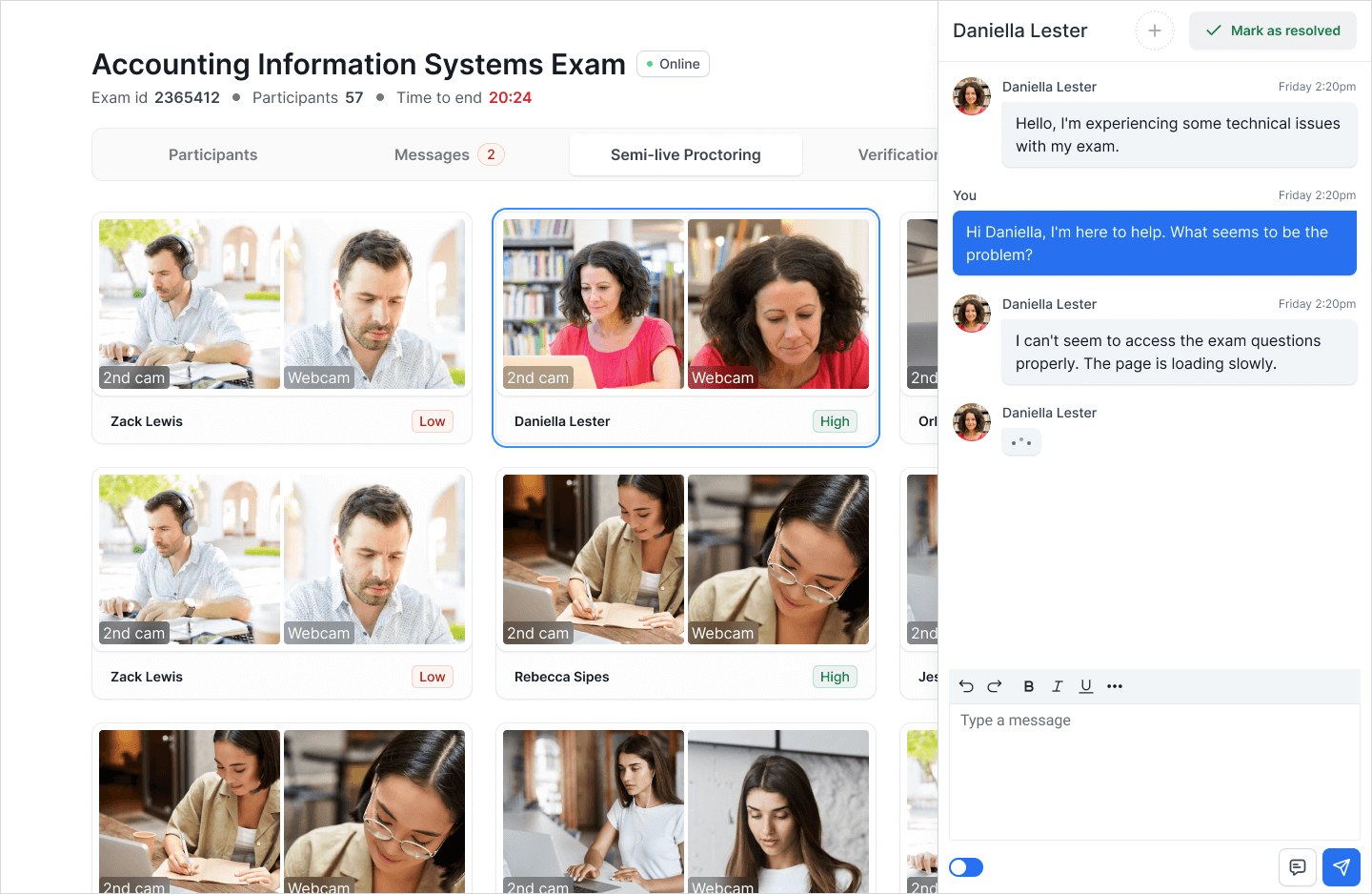


Grade exams anytime, anywhere—quickly, accurately, and securely. Automate scoring, add comments, and streamline the entire grading process with ease.

Manage and control exams, the platform is offering tools for exam creation, workflow management, and ensuring the integrity of both online and printed assessments.

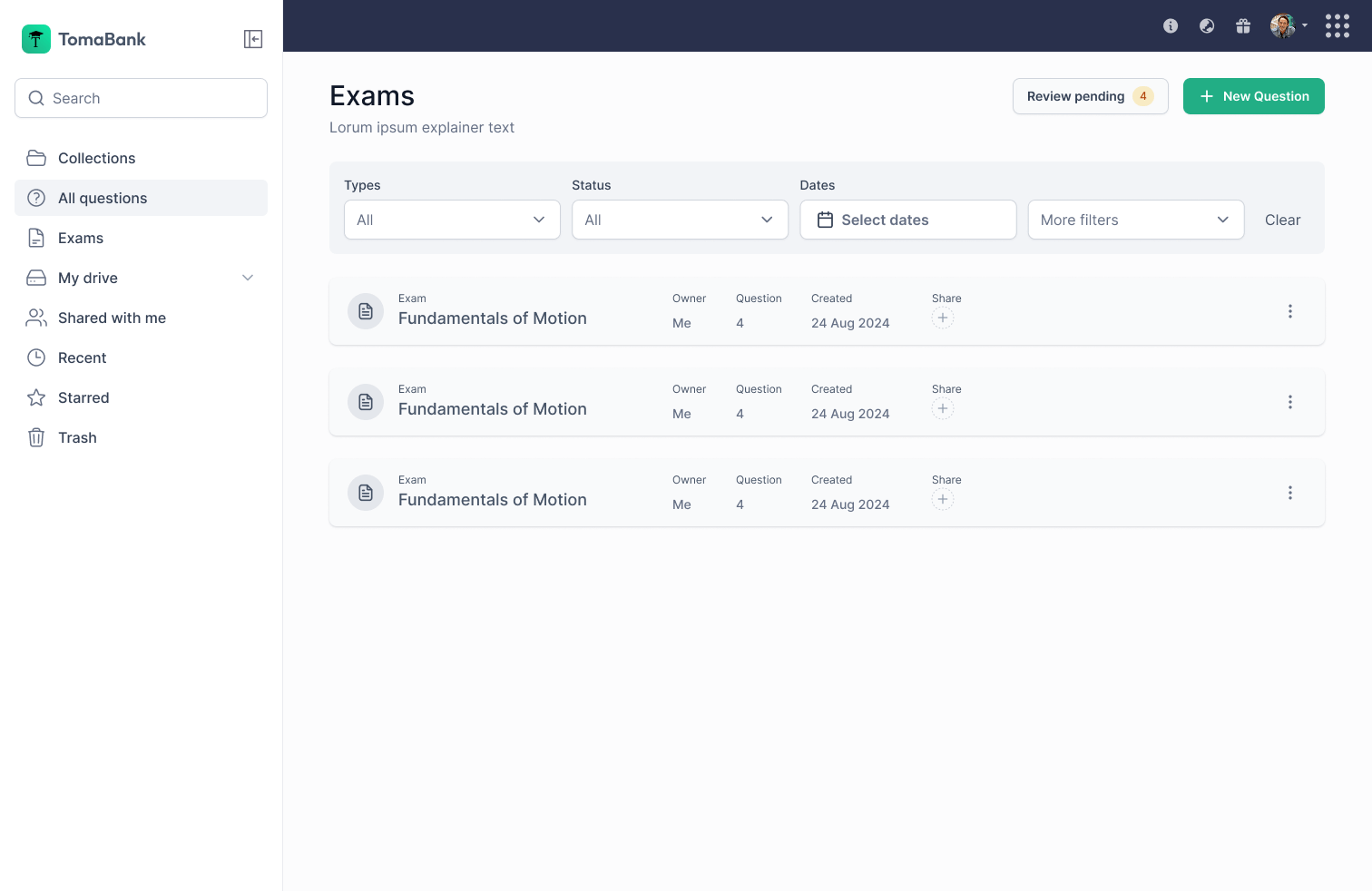

Integrate with any Learning Management System
Manage and secure online home exams or campus exams with advanced monitoring features.

Digitize, and manage the grading process from beginning to end with intelligent automation.

Automatically validate the authenticity of any text using advanced AI detection.
Our experienced academic services team will efficiently manage the work on your behalf.
On-site exams scanning. The trained team scans, digitizes, and uploads graded exams to save time and human resources.

Fully-branded, mobile-ready survey types, templates and designs.

End-to-end exam authoring service that preserves the academic integrity of multiple choice exams by automatically scrambling both questions and answers.
Integrate with any Learning Management System

Manage and secure online home exams or campus exams.

Digitize, and manage the grading process from beginning to end.
Our experienced academic services team will efficiently manage the work on your behalf.

On-Site Exam Scanning
On-site exams scanning. The trained team scans, digitizes, and uploads graded exams to save time and human resources.

Complete Survey Service
Fully-branded, mobile-ready survey types, templates and designs.

Scramble, Grades & Stats
End-to-end exam authoring service that preserves the academic integrity of multiple choice exams by automatically scrambling both questions and answers.
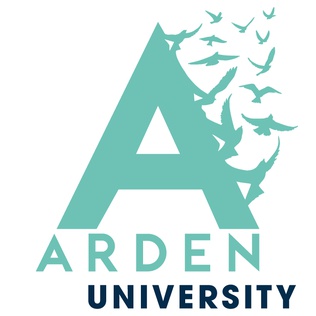
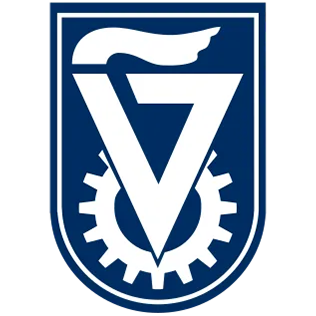




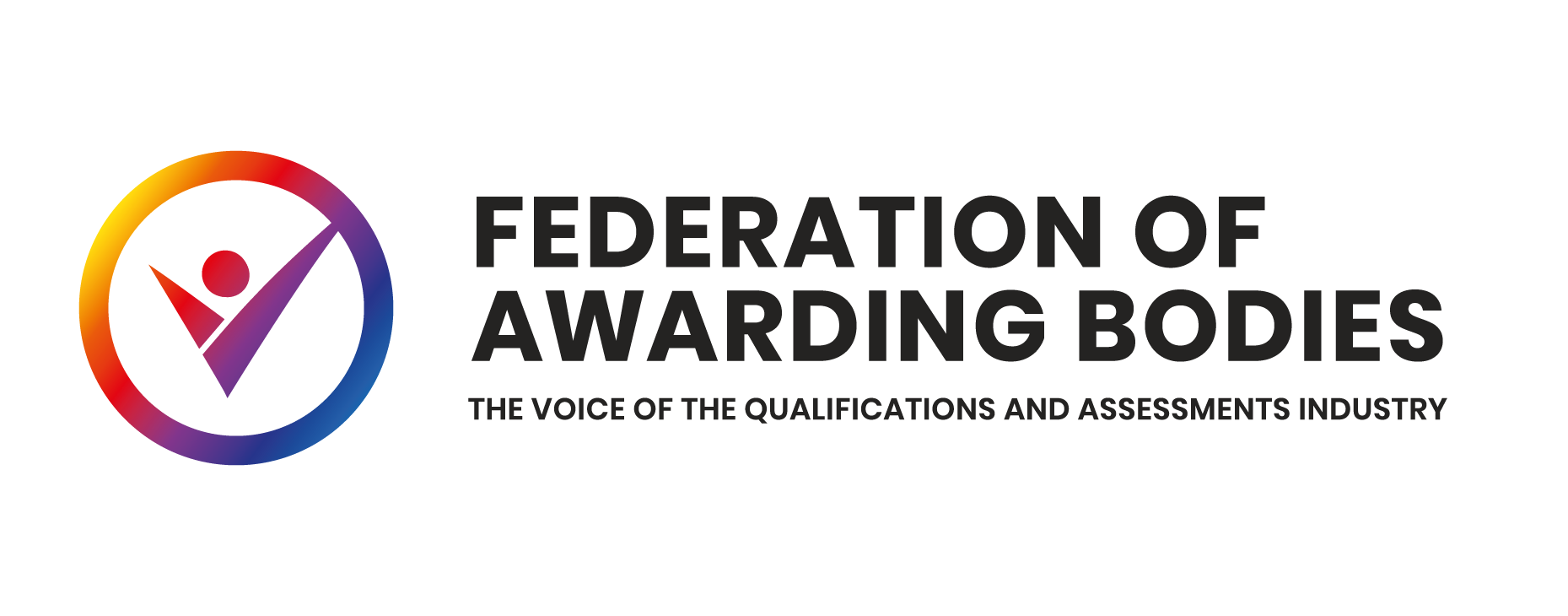

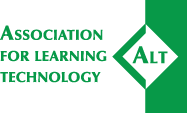

We implemented the Etest when the pandemic started. The product allows us to run online exams on-campus/home and was the perfect solution for us to maintain our exam processes while keeping the exams integrity. Today, we are managing all institutions exams with the Etest
From day one we received positive feedback’s from TomaGrade’s users. Instructors enjoy using the system and the innovative tools offered in it.
Tomax's intuitive interface and comprehensive analytics have empowered our educators to tailor their teaching strategies, resulting in a significant improvement in student performance.
See Tomax’s solutions in action

® All rights reserved to Tomax